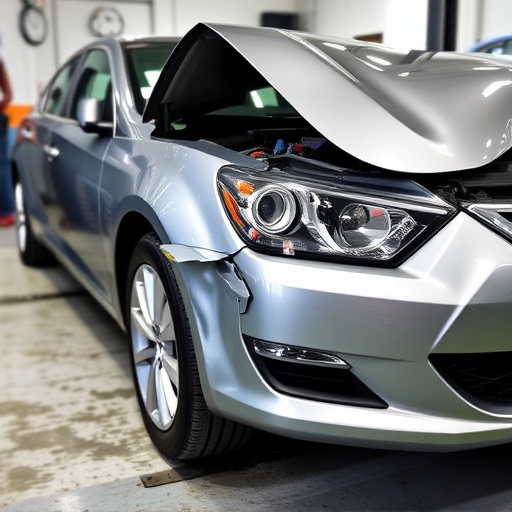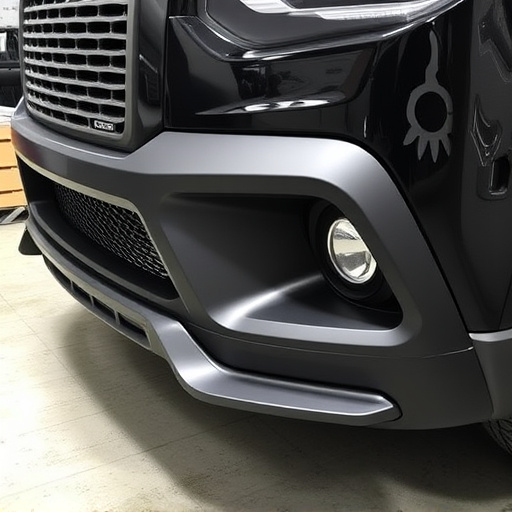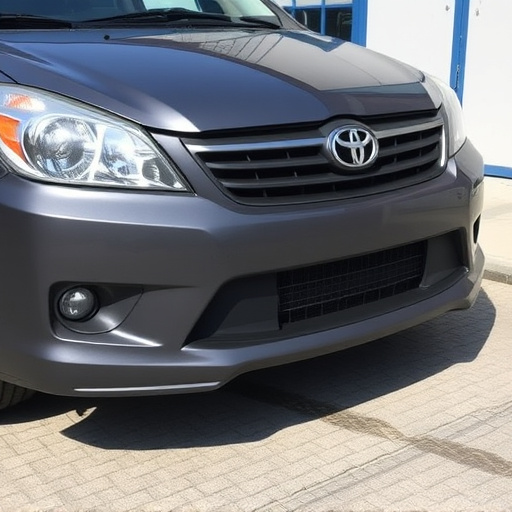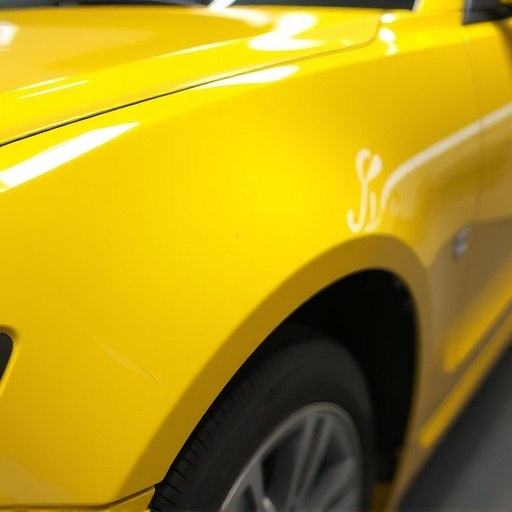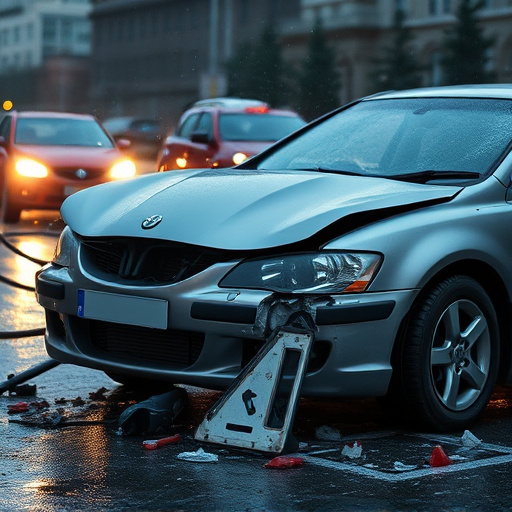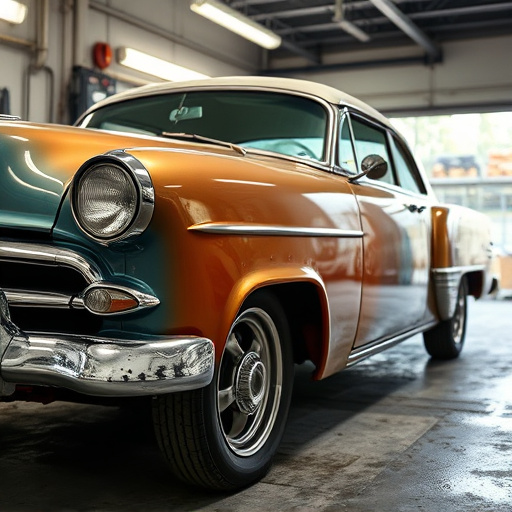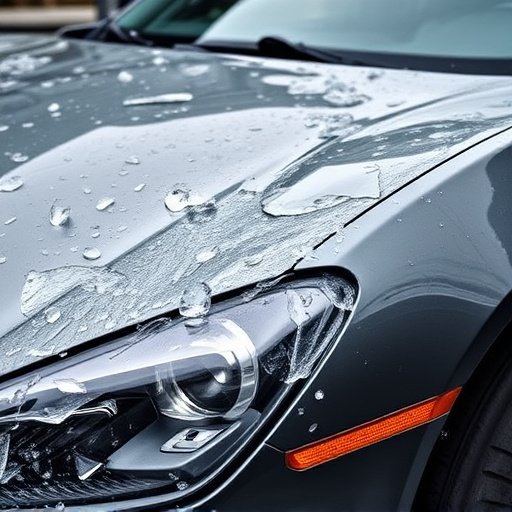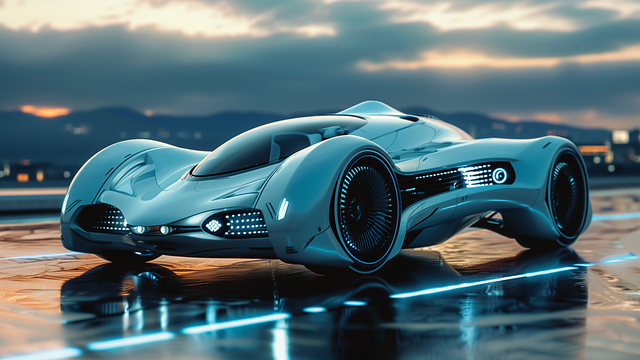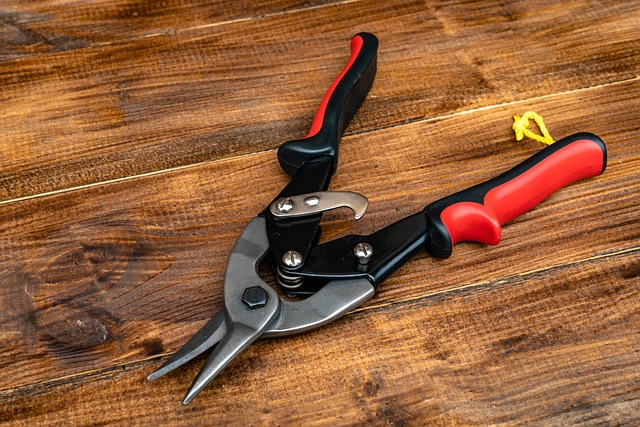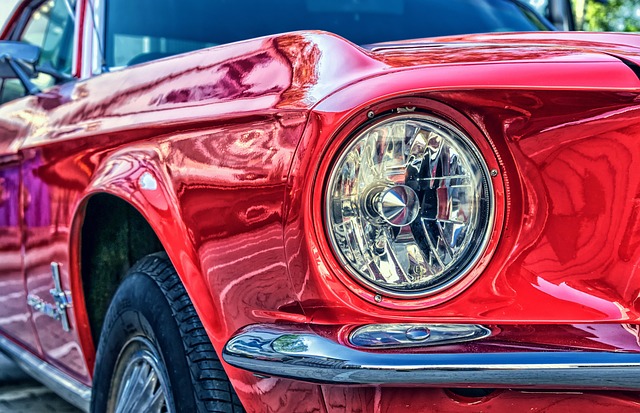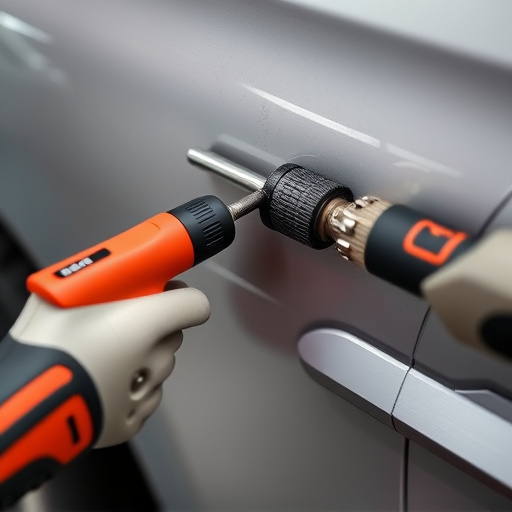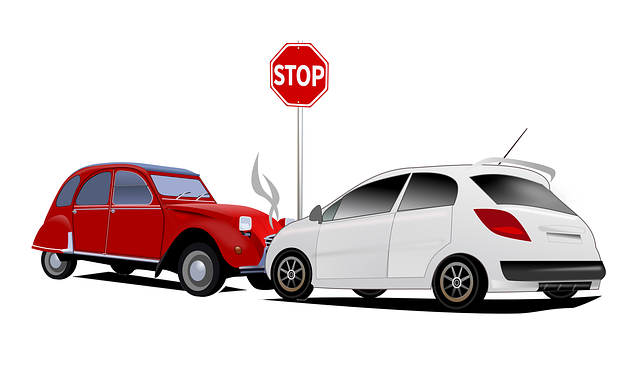Convertible top repair is crucial for maintaining classic and modern roadsters' performance, aesthetics, and operability. Common issues include broken cables, worn pulleys, torn fabric, and misaligned tracks. Accurate diagnosis involves inspecting for tears, frayed edges, stuck tracks, and motor/wiring problems. Repairs range from DIY maintenance to professional disassembly, cleaning, replacement parts installation, and manual operation testing. Regular convertible top repair extends lifespan, enhances structural integrity, and improves vehicle value.
Are you new to convertible top repair? This comprehensive guide is your perfect starting point. We’ll walk you through everything from understanding the intricate components that make up these tops, to identifying common issues, and finally, a detailed step-by-step repair process. By the end, you’ll be equipped with the knowledge to tackle basic repairs and keep your convertible in top (pun intended) condition. Let’s dive into the world of convertible top repair!
- Understanding Convertible Top Components
- Diagnosing Common Repair Issues
- Step-by-Step Repair Process and Tips
Understanding Convertible Top Components
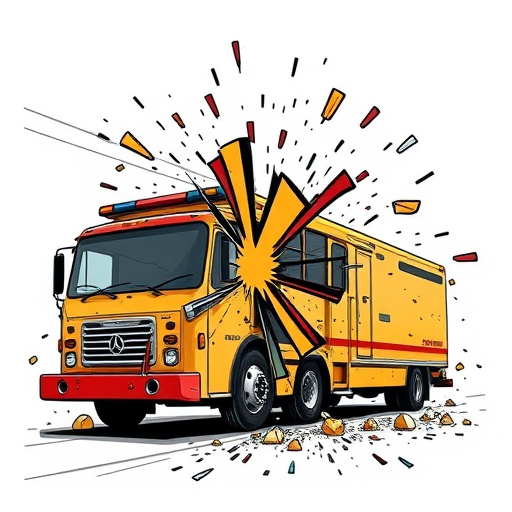
Convertible tops are a delightful feature on many cars, adding a touch of elegance and offering an open-air driving experience. However, understanding the components that make up this intricate system is key to effective convertible top repair. The basic structure includes the fabric or plastic top itself, along with mechanisms like reels, cables, and pulleys that control its deployment and retraction.
These components work in harmony to allow drivers to transition smoothly between a closed, weatherproof compartment and an open-air experience. Over time, regular use and exposure to varying weather conditions can take a toll on these parts, leading to issues like broken cables, worn-out pulleys, or torn tops. Recognizing common problems is the first step in learning convertible top repair, whether for routine maintenance or addressing more complex issues. Whether you’re considering classic car restoration or simply want to maintain your modern convertible, knowing the fundamentals of its construction and potential issues will empower you to tackle minor repairs or guide you towards seeking assistance from a reputable auto repair shop.
Diagnosing Common Repair Issues
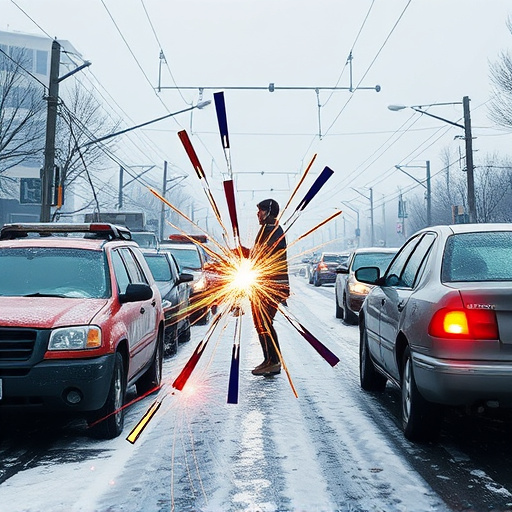
Before tackling any convertible top repair, it’s crucial to accurately diagnose the issue at hand. Common problems range from a torn or worn-out fabric, damaged tracks that prevent smooth operation, and broken cables responsible for raising and lowering the roof. Inspecting the top for any tears, frayed edges, or misalignments is the first step. Check for proper tracking by ensuring the guides run smoothly along the vehicle body—a stuck or misaligned track is a common culprit behind a malfunctioning convertible top.
Additionally, pay close attention to the operation mechanism. If the top takes longer than usual to open or close, or if it gets caught midway, the issue could lie in the motor, solenoids, or wiring. For more visible issues, like dents or bumps on the roof or surrounding areas, consider whether they affect the top’s functionality and require vehicle body repair. Even a minor dent repair can significantly impact the overall performance of the convertible top, so addressing these concerns promptly is essential for maintaining your vehicle’s aesthetics and operability.
Step-by-Step Repair Process and Tips

Convertible top repair is a specialized skill that can extend the life of your classic or modern roadster. The process involves several steps and requires patience and precision. Begin by inspecting the top for any tears, holes, or damaged components. Replace worn-out parts with new ones, ensuring they are compatible with your vehicle’s make and model. Next, carefully peel back the top, unfastening it from the car’s frame. This step allows access to the mechanisms beneath.
Disassemble the existing hardware, taking note of how each piece is connected. Clean the area thoroughly, removing any debris or old sealant. Reassemble the top using fresh accessories and tightening them securely. Test the operation of the top by manually raising and lowering it several times. Ensure all mechanisms are functioning correctly before finalizing the repair. Regular maintenance and prompt attention to issues will keep your convertible’s top in excellent condition, enhancing its overall aesthetic appeal and structural integrity – an essential aspect of automotive collision repair.
Whether you’re a seasoned car enthusiast or a complete beginner, mastering convertible top repair is an invaluable skill. By understanding the key components, identifying common issues, and following the step-by-step guide provided, you’ll be well-equipped to tackle repairs with confidence. Remember, proper maintenance ensures your convertible stays in top condition, allowing you to enjoy open-air driving experiences for years to come. With these insights, you’re now armed with the knowledge to navigate convertible top repair, making it a breeze for even first-timers.

